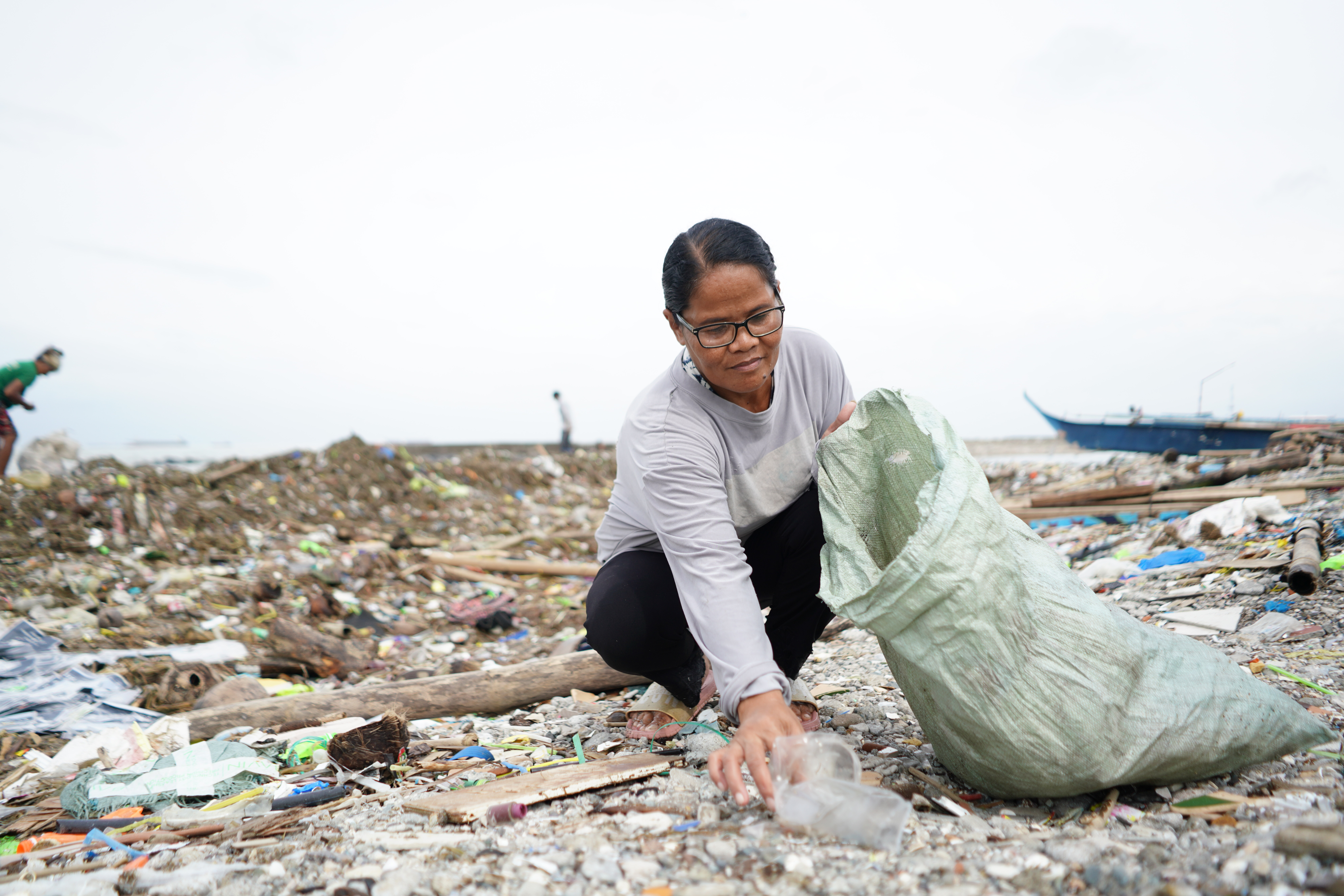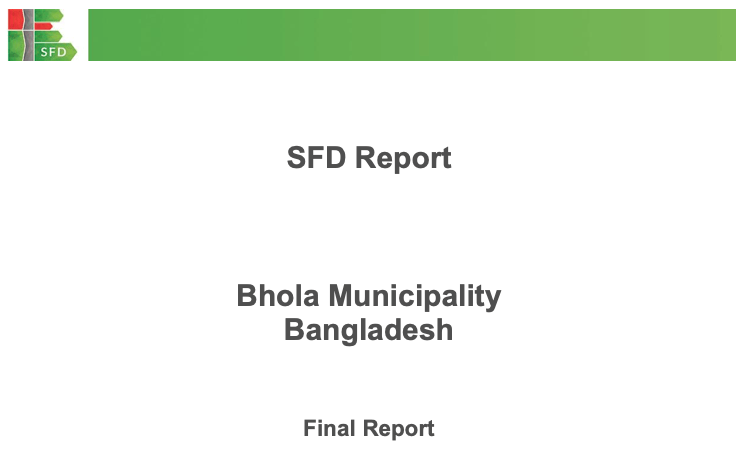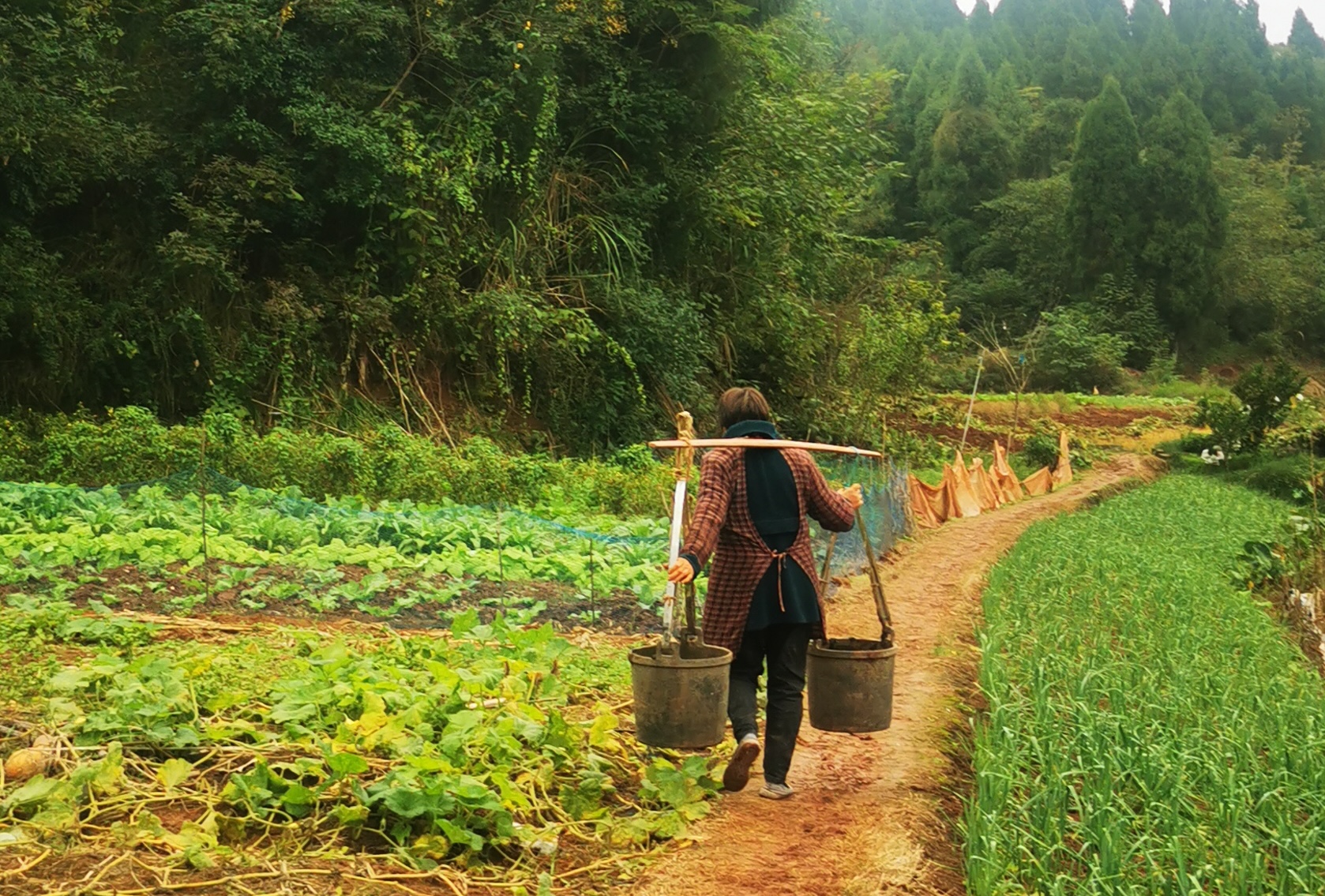


UPM Umwelt-Projekt-Management (UPM) is pleased to announce that the latest updates of its Shit-Flow-Diagram (SFD) report for Bhola Municipality, the main city of the biggest island in Bangladesh, the Bhola island, has been published on the Sustainable Sanitation Alliance (SuSanA). The SFD has been reviewed by the SuSanA help-desk and is available at the following link.
The SFD is one of the deliverables of UPM team’s assignment on behalf of the Bill & Melinda Gates Foundation (the Foundation) on the pre-feasibility study of a Regional Waste Management Facility in Bhola Municipality. The assignment was conducted under the framework of the support of the foundation to the ADB’s funded Coastal Towns Environmental Infrastructure Project (CTEIP). The CTEIP aims at improving the quality of life for both resident community members and visitors of the urban coastal areas in order for the majority of the resident urban population, presently living under poor environmental conditions, to benefit from improved infrastructure and utility services. As a result, the economy would benefit from the increased efficiencies accrued, including of improvements made to road communications, safe and sustainable water supply provisions, upgraded drainage facilities and improved sanitation services.
The SFD is an important communication and advocacy tool aiming at illustrating shortcomings of sanitation services in a defined administrative area. This tool is essentially useful during initial stakeholders’ consultation and planning phase and for forthcoming monitoring assessments and review of Citywide Inclusive Sanitation (CWIS) actions in particular.
Bhola Island is one of the administrative districts (Zila) located in south-central Bangladesh with a total area of 3,404km2 and a population of 1.8 million inhabitants. Part of the district is Bhola island which, despite being the largest island of Bangladesh, only can be accessed by boat at this point. This island of 1,441km2 is divided into seven Upazila (sub-districts). One of these Upazila is Bhola Sadar, located at the northern end of the island. With an estimated population of 53,775 inhabitants for the year 2020, based on an urban growth rate of 0.54% (BBS, 2013), Bhola Sadar is classified as a municipality called Paurashava in Bangladesh (BBS, 2013). The Paurashava is densely populated with 4,140 inhabitants per km2. The island of Bhola can be described as levelled, with an average elevation of 2-3m above sea level it is frequently flooded and affected by sever cyclones common for the region (Murshed et al., 2015). Bhola island is very vulnerable to sea level rising and erosion. So far, 0% of the FS is treated.
Our team is very proud to be part of the global cooperation ongoing in Bangladesh and Bhola in particular, to find solutions supporting the achievement of SDG 6 and Citywide Inclusive Sanitation, while advancing other Sustainable Development Goals such as SDG 13 – Climate and much more, for the ultimate improvement of the well-being of the local population. We are looking forward to continuing this journey.' said Martin Dilger, UPM Managing Director.
For more information regarding this SFD or UPM Consulting Services, please check our website or contact
Martin Dilger, mdilger(a)upm-cdm.eu, +49 – (0)89 – 1222197 ext 50 (Germany)
Marie Reysset, mreysset(a)upm-cdm.eu, +86 10 64680500 (China)


